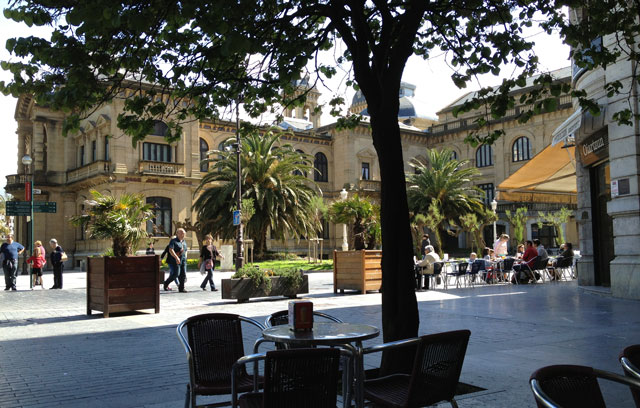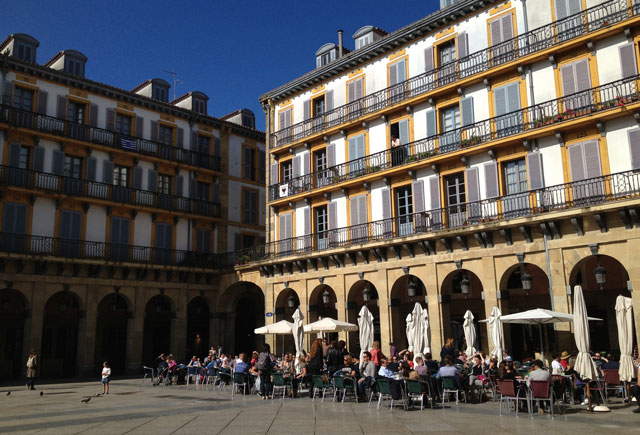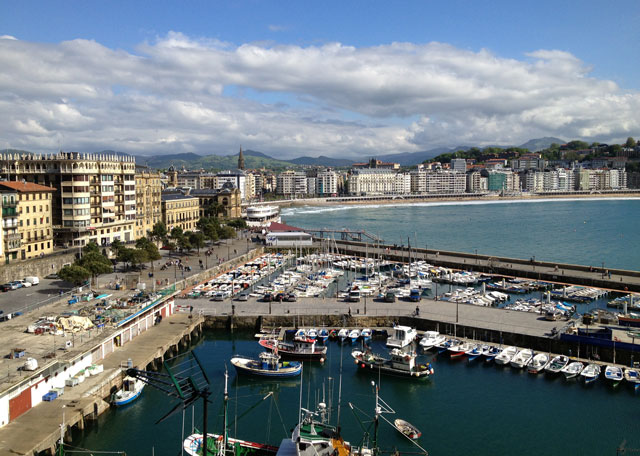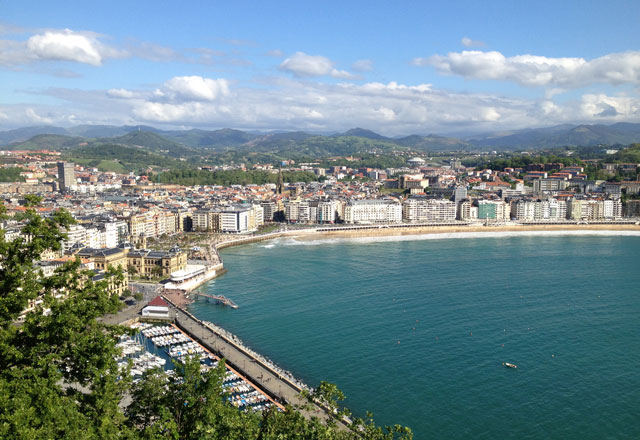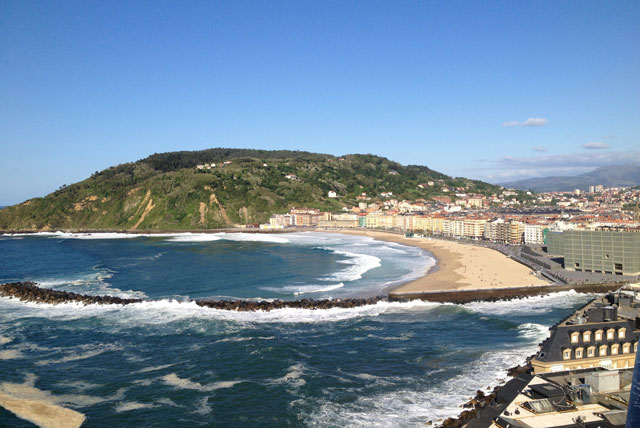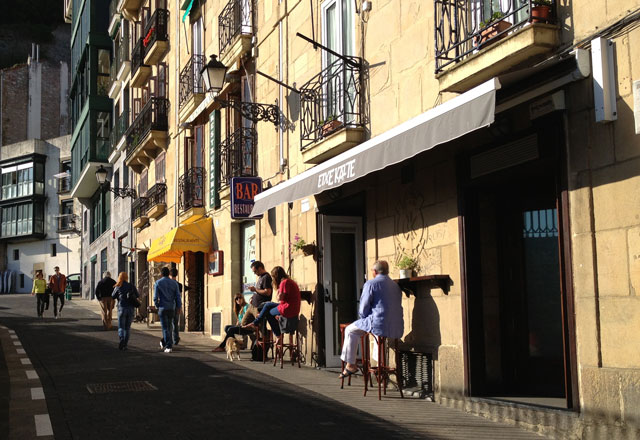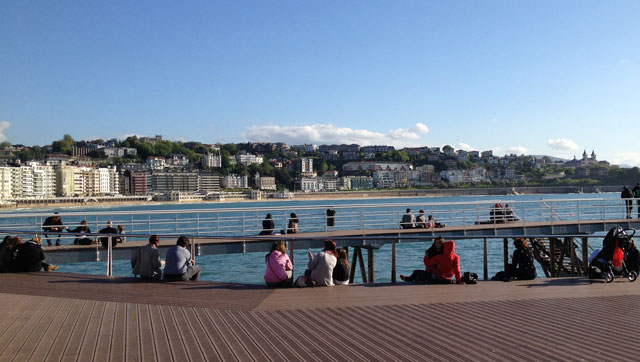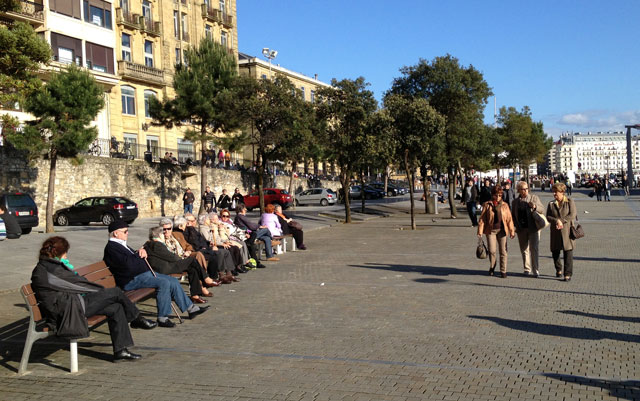Krems is a pretty town of 24,000 inhabitants at the confluence of the Krems and Danube Rivers at the eastern end of the beautiful Wachau Valley in Austria, and about 70 kilometers from Vienna.
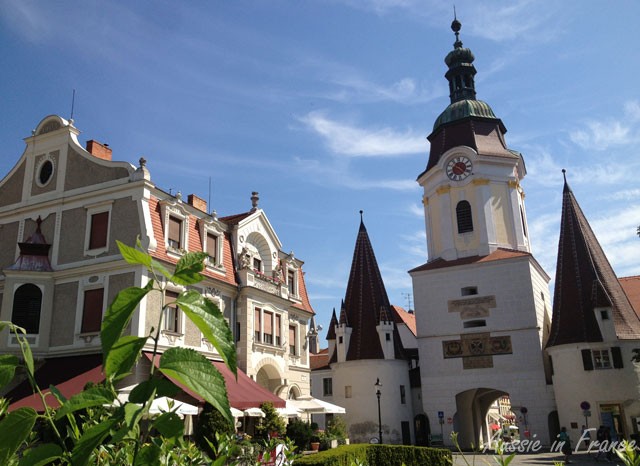
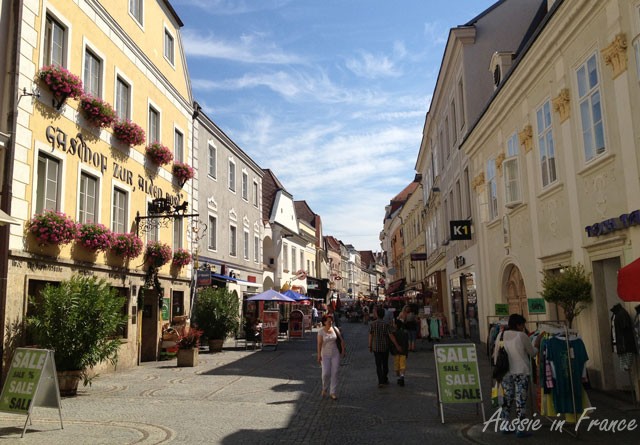
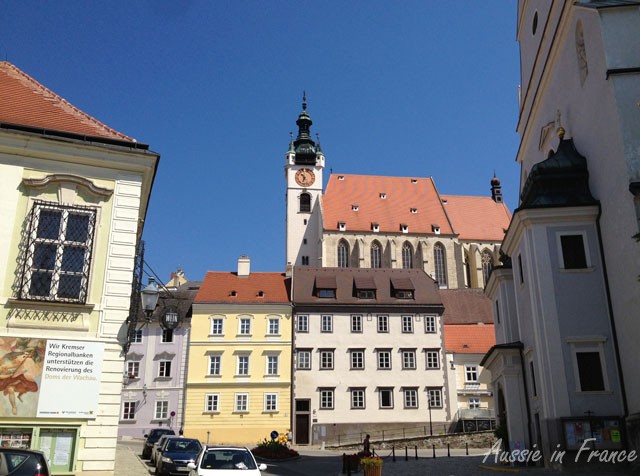
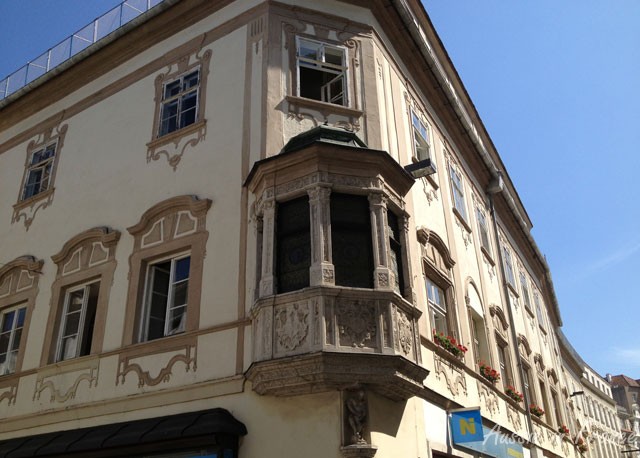
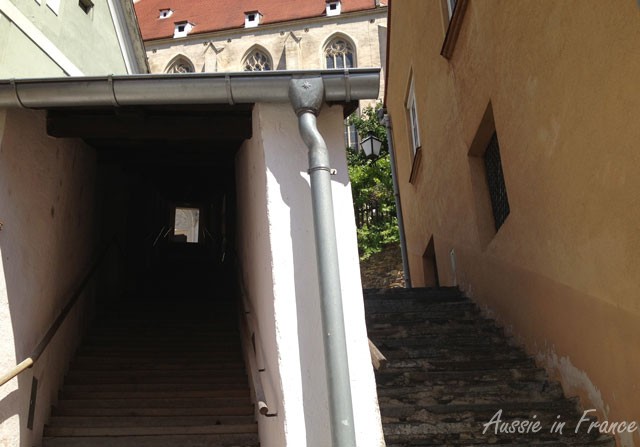
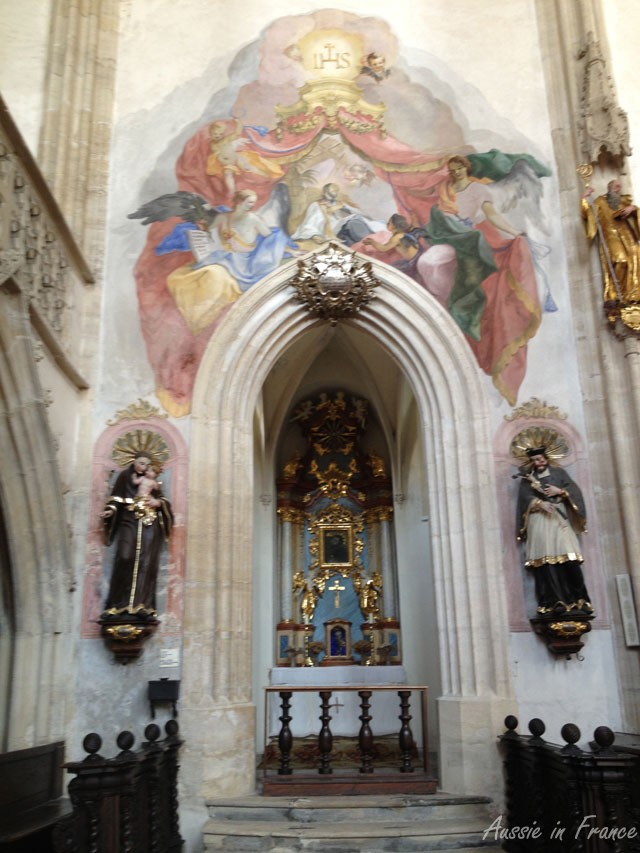
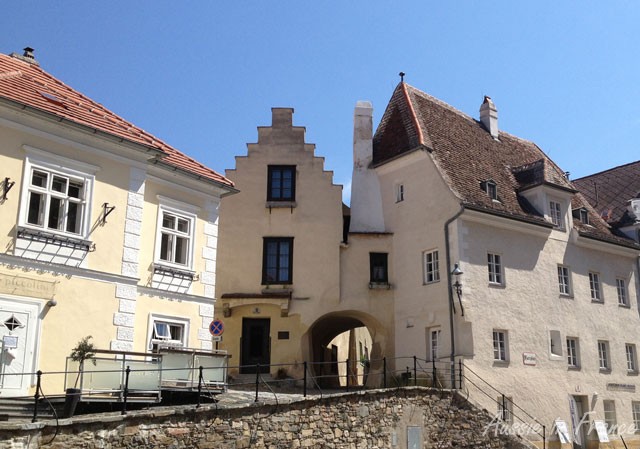
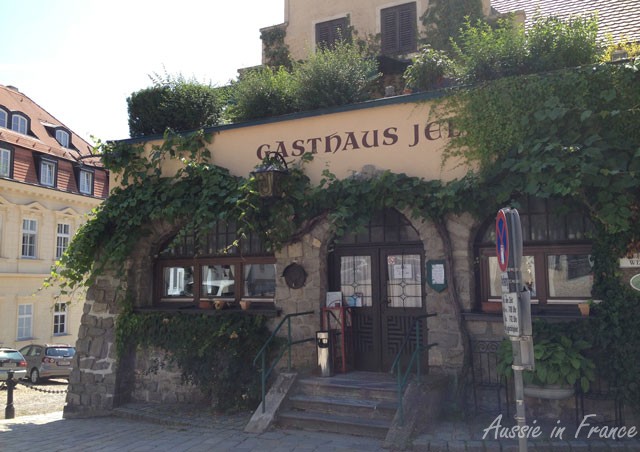
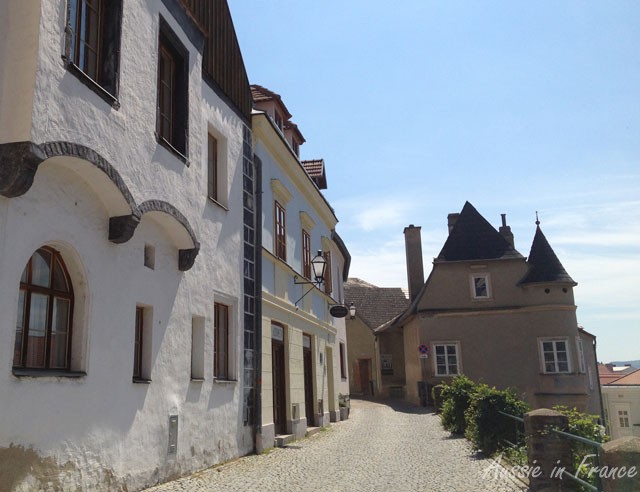
Krems is a pretty town of 24,000 inhabitants at the confluence of the Krems and Danube Rivers at the eastern end of the beautiful Wachau Valley in Austria, and about 70 kilometers from Vienna.









Melk, a pretty little Baroque town of 5,000 people in Austria, is famous for its Benedictine Abbey built in the early 18th century on the site of an earlier abbey dating back to 1089 and affording a stunning view of Wachau Valley and the Danube. The abbey library contains numerous mediaeval manuscripts, including 750 incunables, while the church, completely renovated thirty years ago, is splendidly baroque.
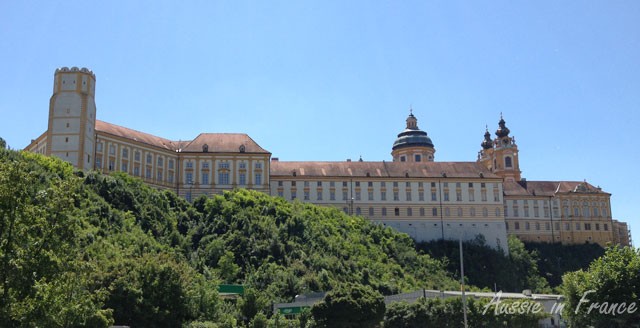
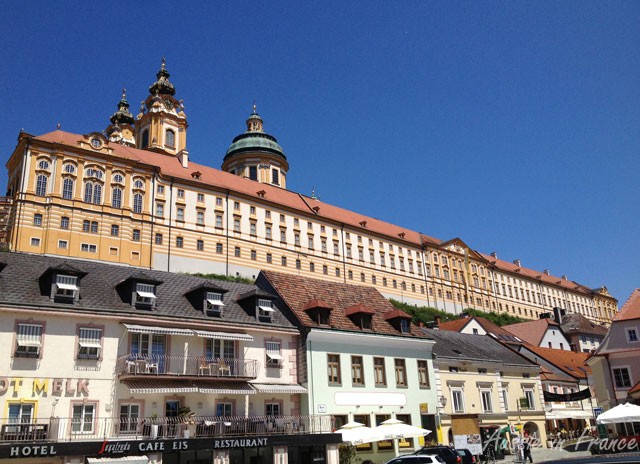
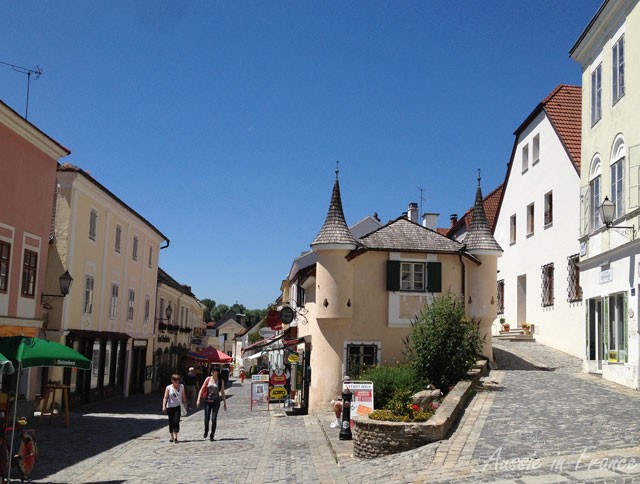

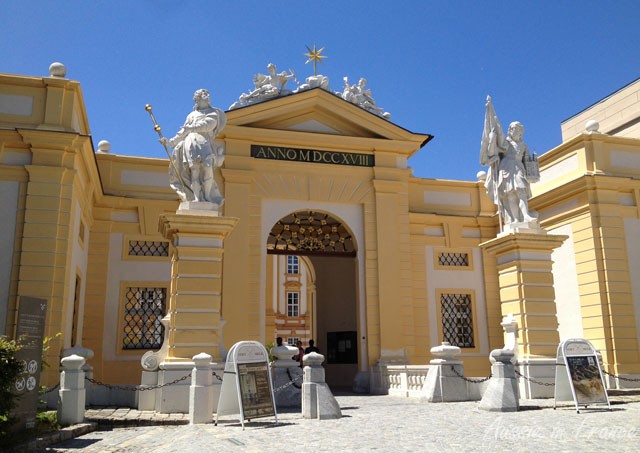
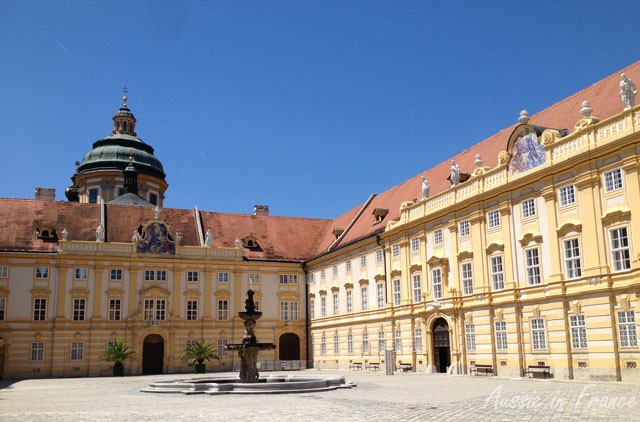
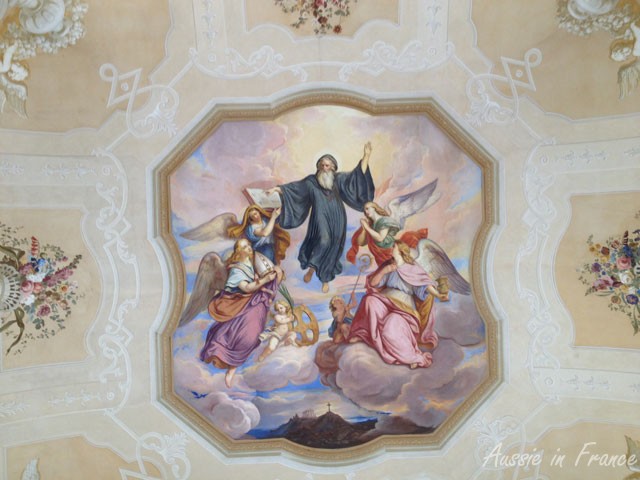
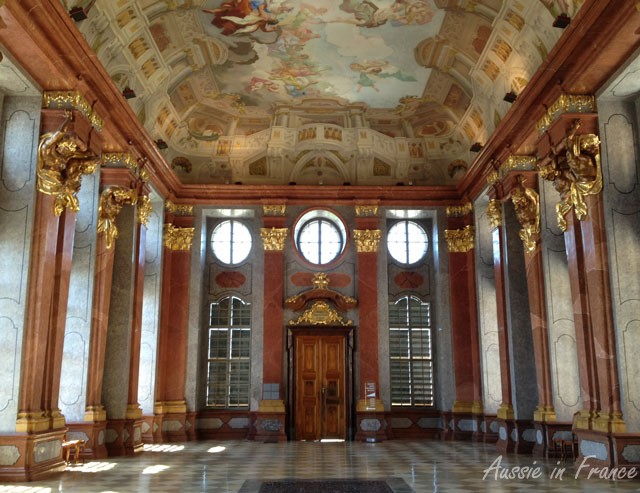
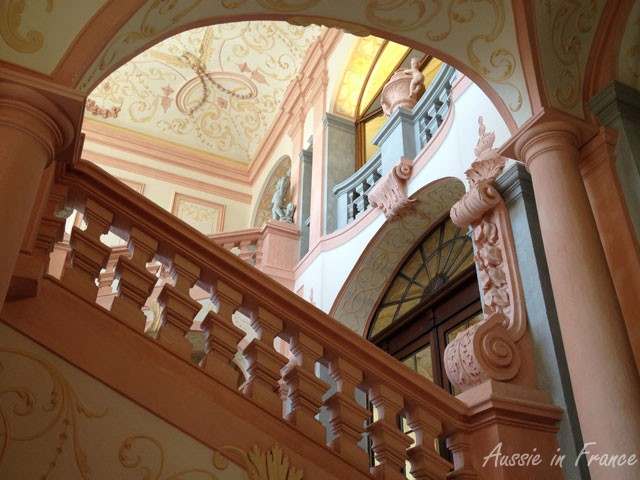
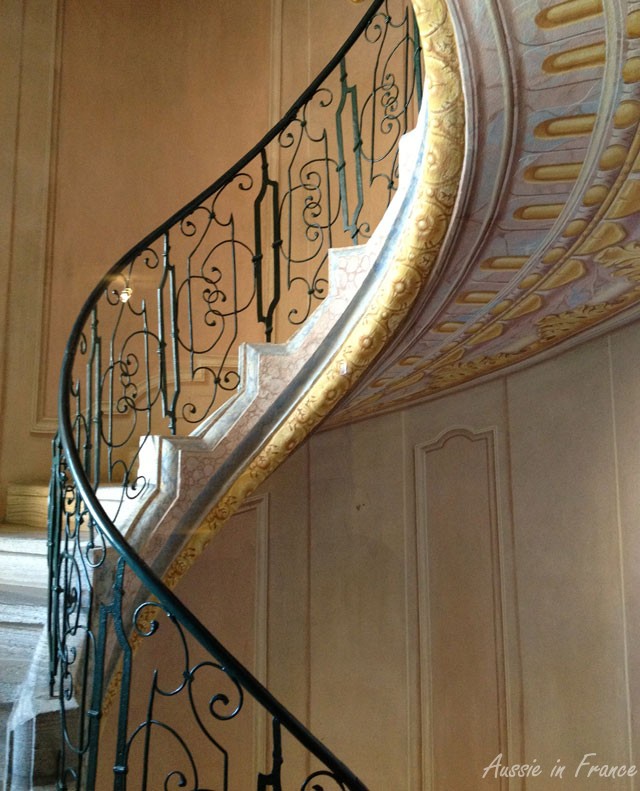
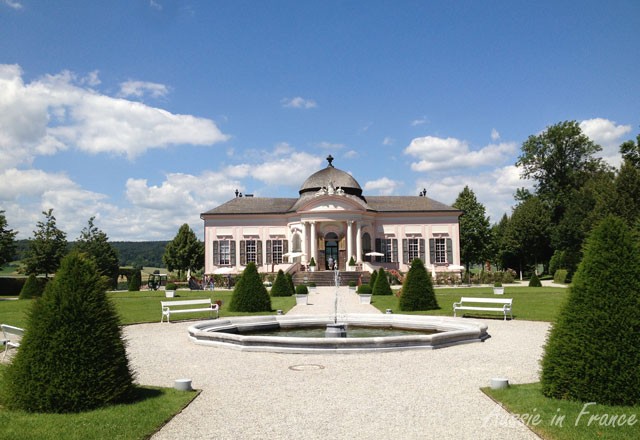
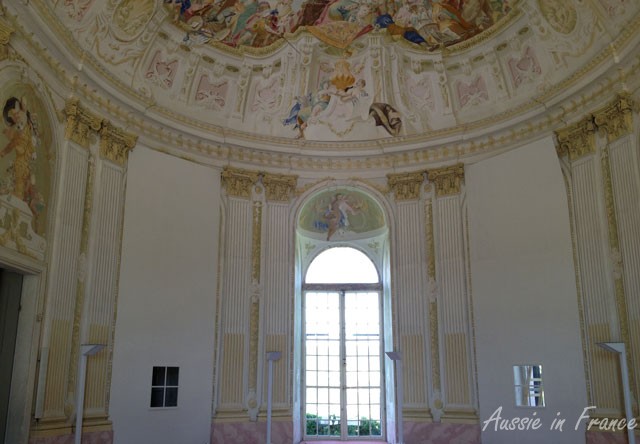
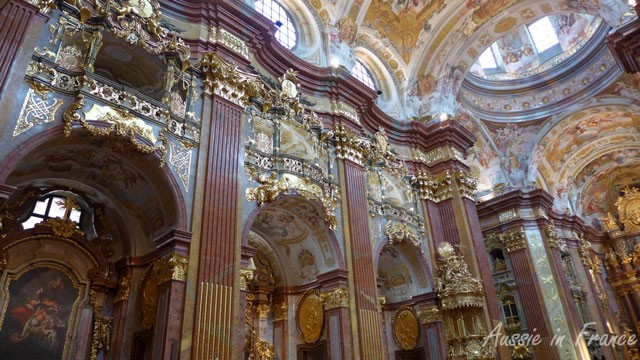
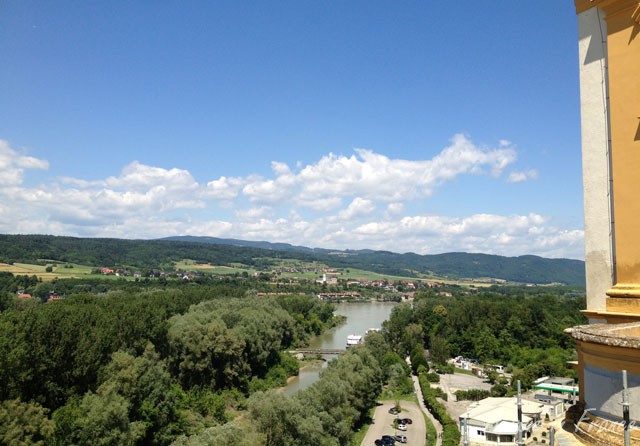
The medieval town of Regensburg at the confluence of the Regen and Danube Rivers in Bavaria, is on the Unesco World Heritage list. Its many buildings of exceptional quality include ancient Roman, Romanesque and Gothic constructions and reflect its history as a trading centre and to its influence on the region from the 9th century. Regensburg’s 11th- to 13th-century architecture – including the market, city hall and cathedral, medieval patrician houses and towers, a large number of churches and monastic ensembles and the 12th-century Old Bridge – defines the character of the town marked by tall buildings, dark and narrow lanes, and strong fortifications. You may remember our unforgettable meal in its most famous restaurant, Historische Wurstkuchl, when we were cycling along the Danube.
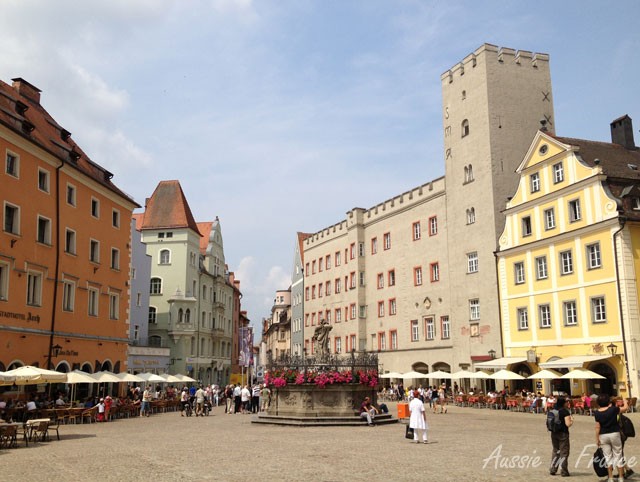
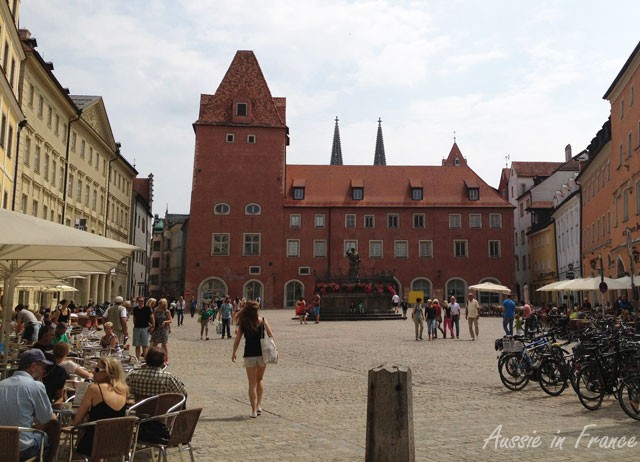
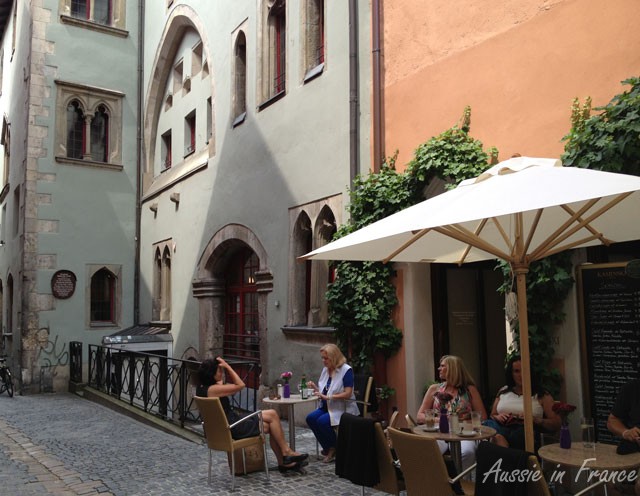
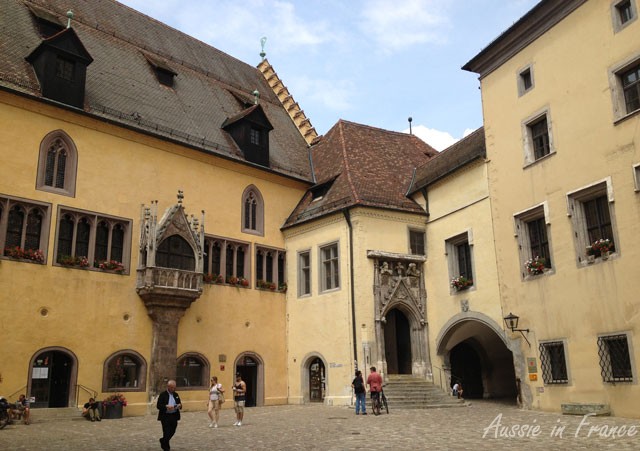
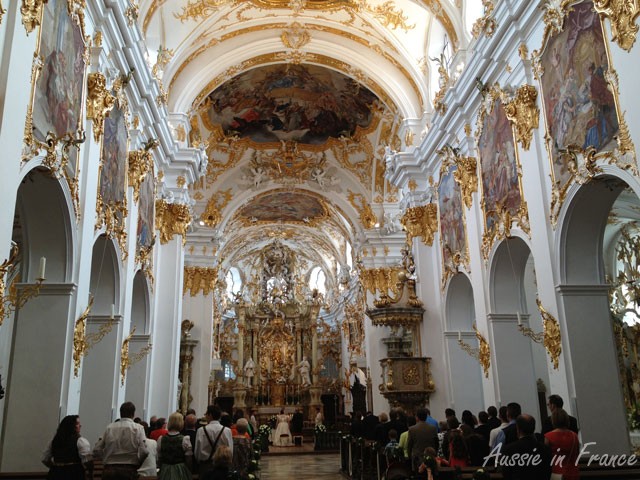
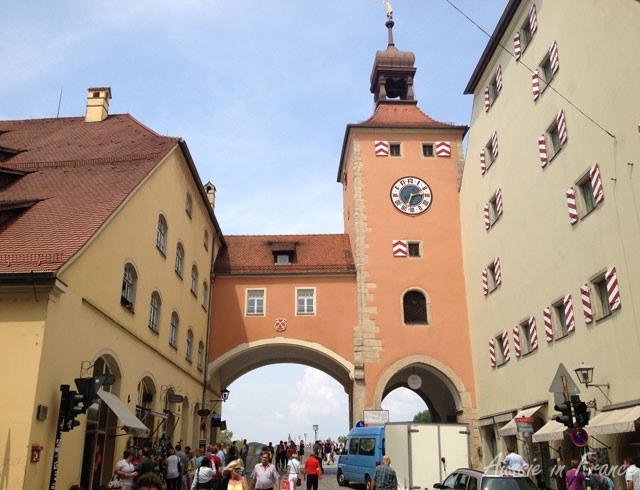


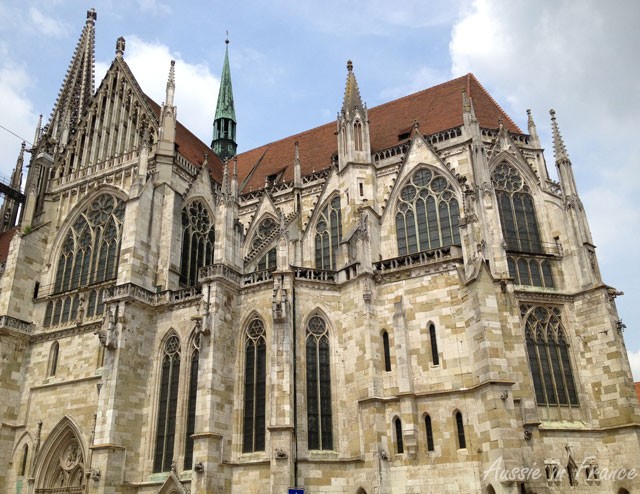
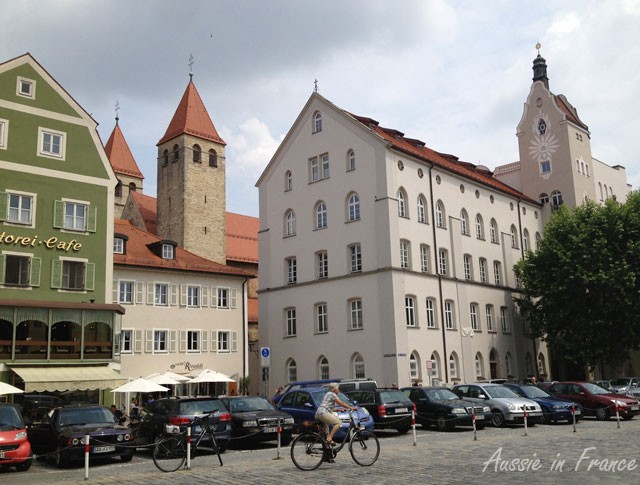
Although we had already been to Bavaria, we hadn’t been to Munich. We prefer to visit major cities during an extended weekend rather incorporate them into a road trip as they say these days. But Munich was on our way from Andelfingen to Aschach so I insisted we have our lunch break there.
It was a Sunday, which meant no traffic problems but unfortunately for us, the annual Stadtlauf München or Munich City Run was on and the main square, Marianplatz was absolutely crowded. We were able to visit the main sites, however, and had an enjoyable visit. We’ll have to go back again on a different date!
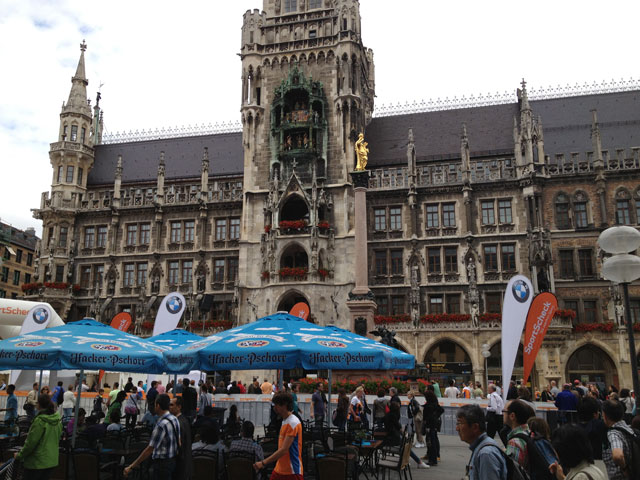
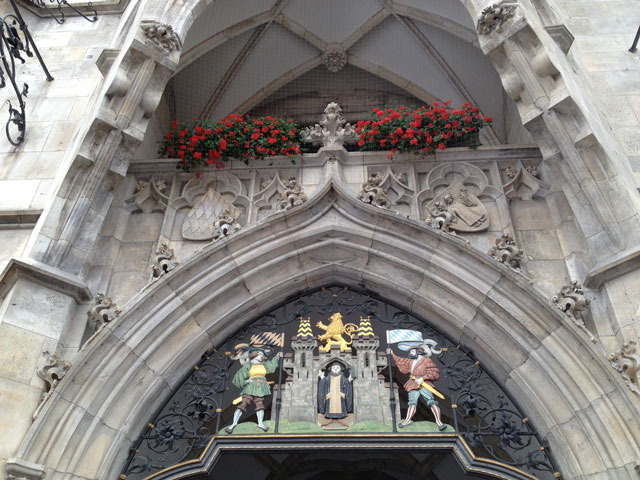

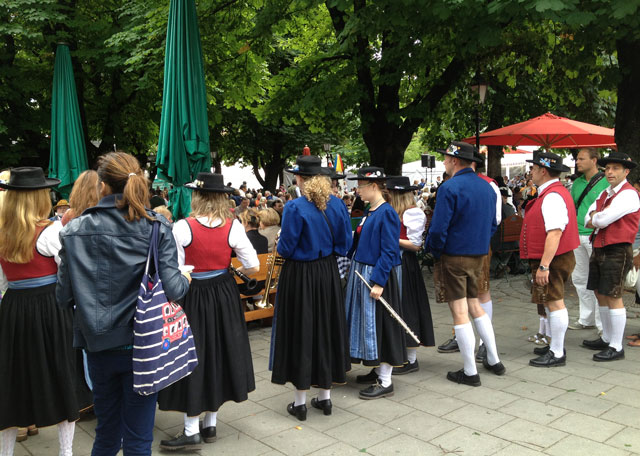
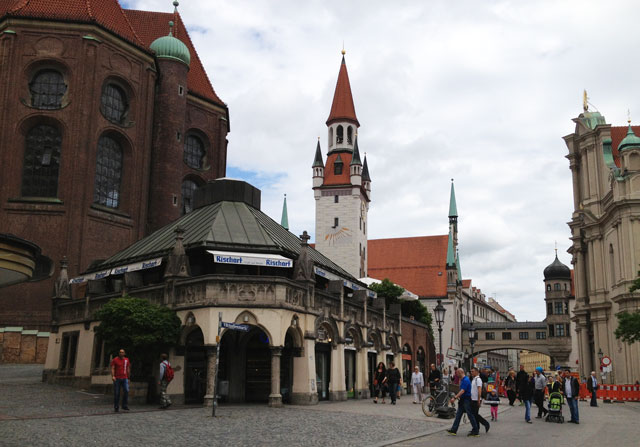


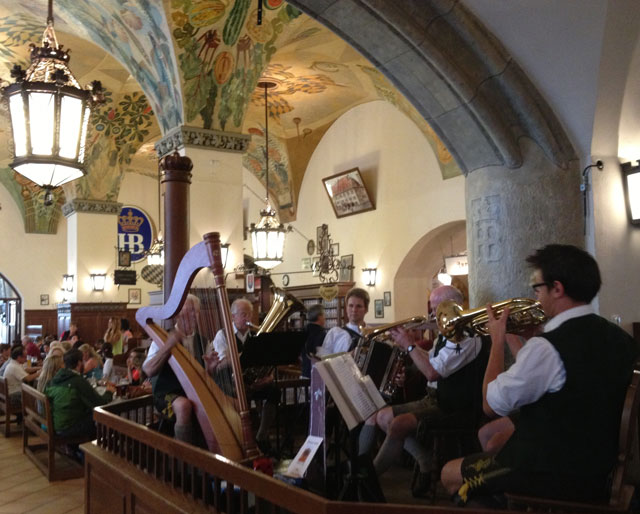
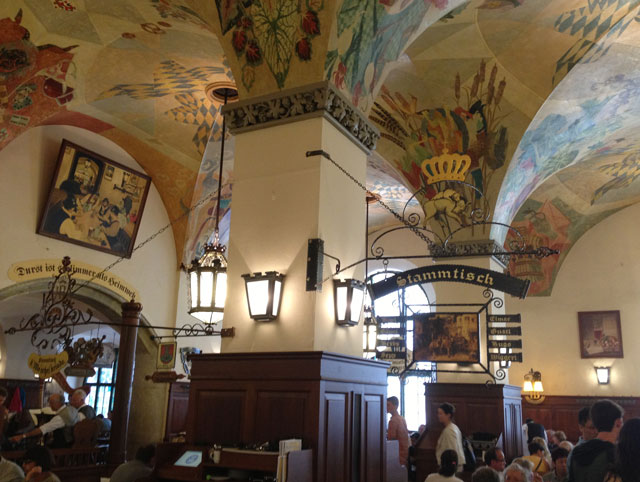
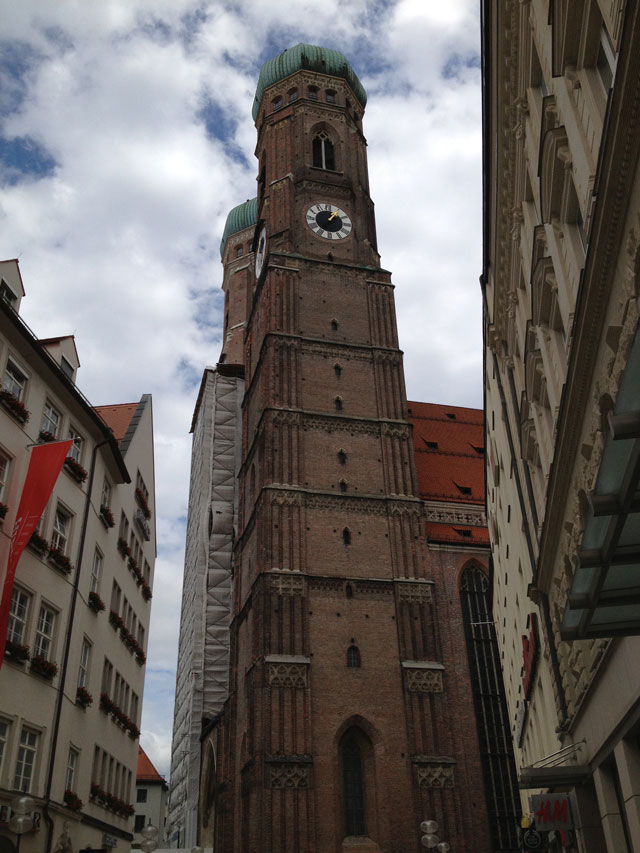
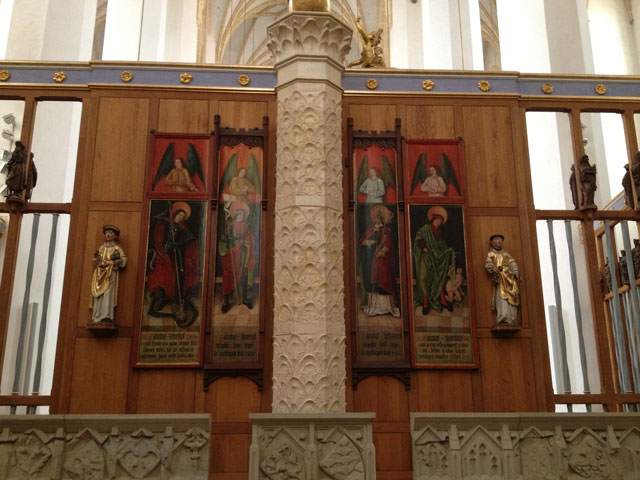

Passau, built on the Danube, is almost on the Austrian border. It’s also known as the Dreiflüssestadt or “City of Three Rivers” because the Danube is joined by the Inn from the south (as in Innsbruck) and the Ilz from the north. It’s a pretty town and a very popular stop for river cruises along the Danube. It suffered badly during the recent floods in June 2013 but most of the city has been cleaned up. It could also be called the City of Clock Towers – there seems to be one at the end of every street.
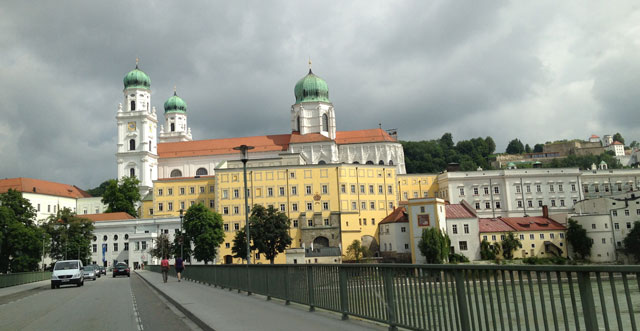
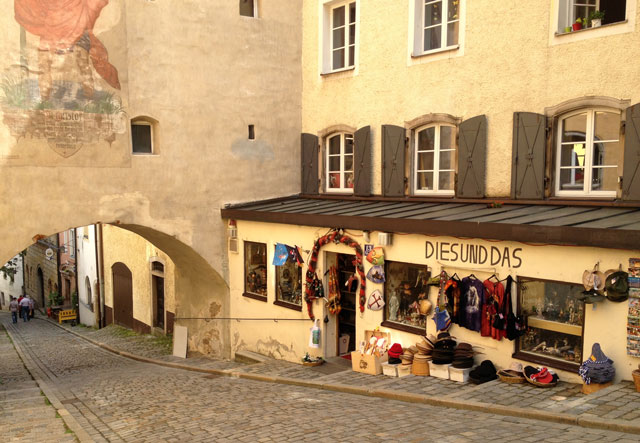
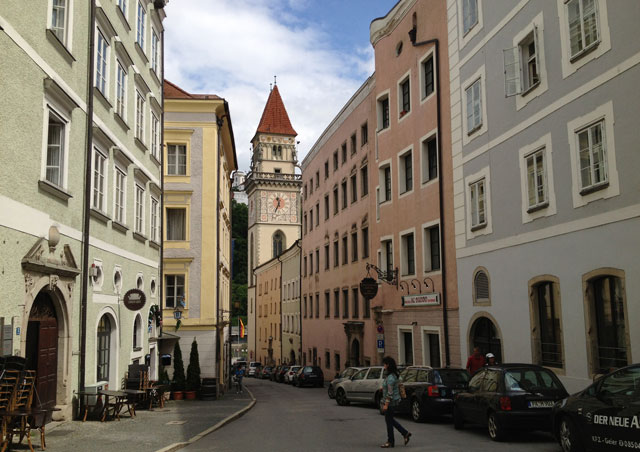
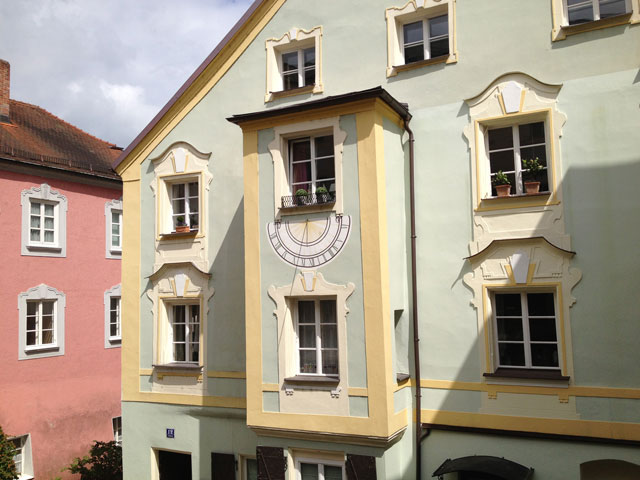
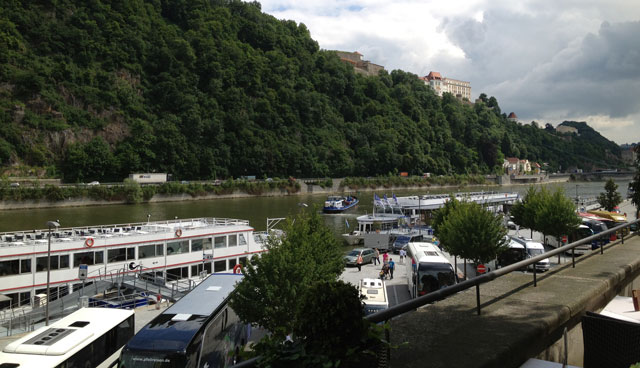
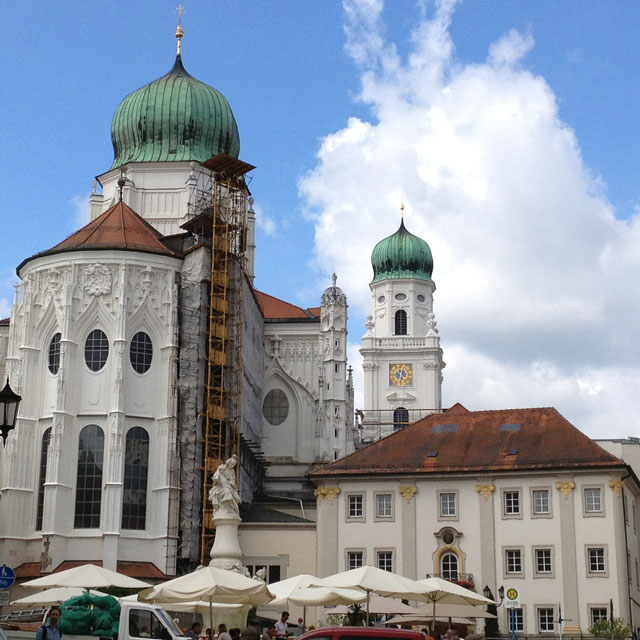
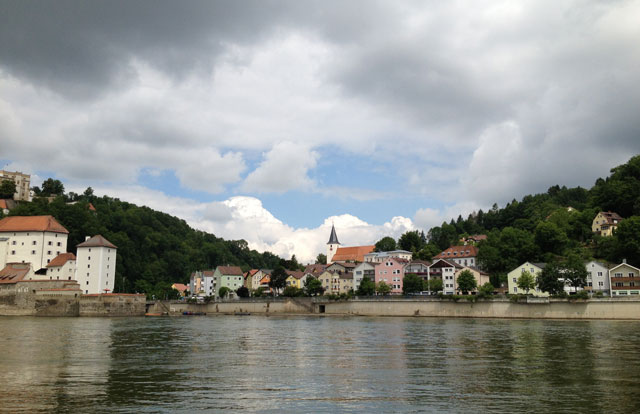
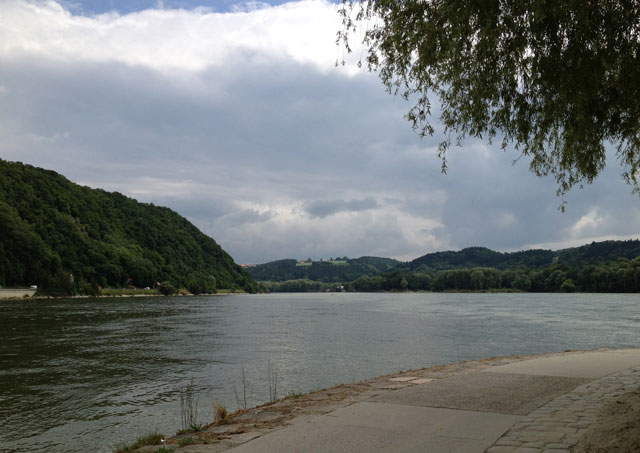
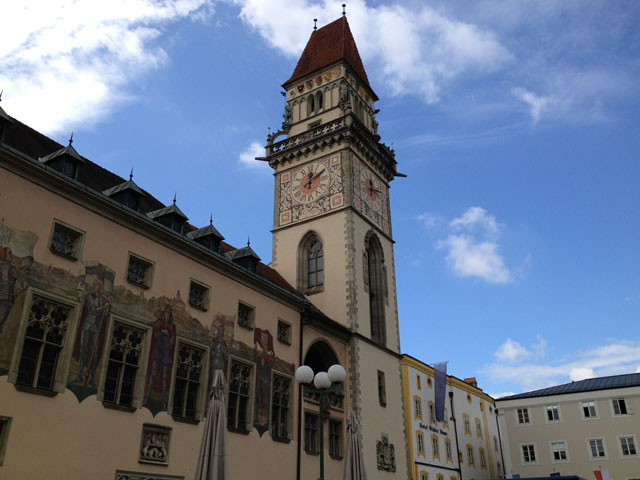
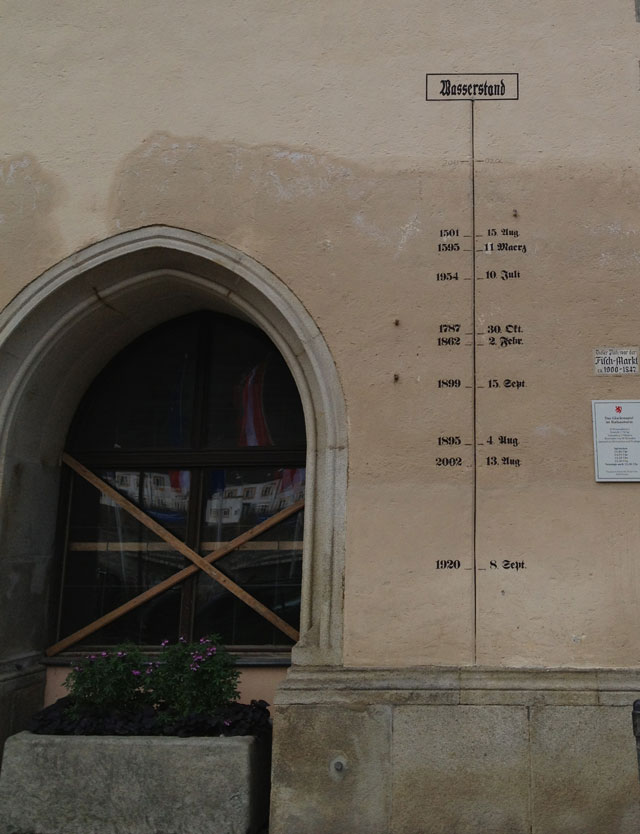
We’re about to leave on a one-month holiday, cycling along the Danube from Ulm to Budapest. Fortunately, the floods have subsided and most of the bike paths should be open again. So this Monday’s photos are of Paris – just shots I’ve taken over the last few days, mainly in my neighbourhood, the sort of “everyday” Paris that is a part of my life.
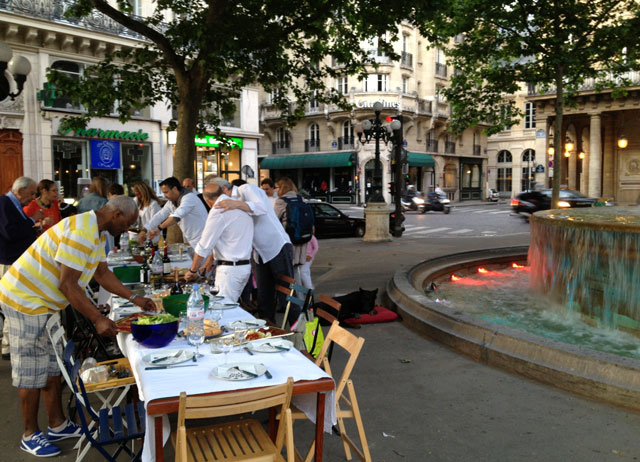
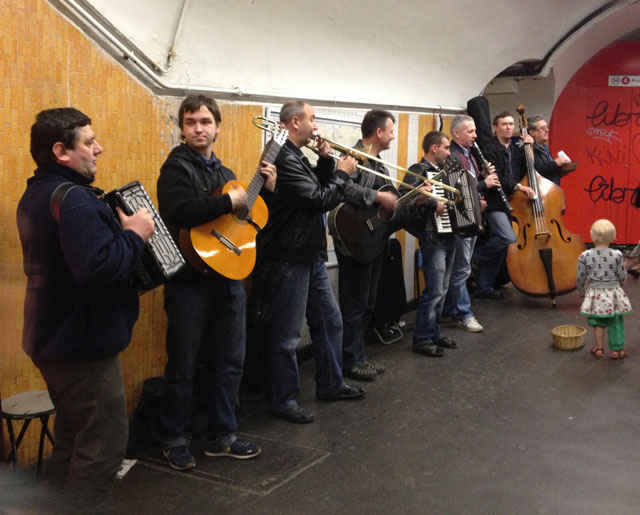
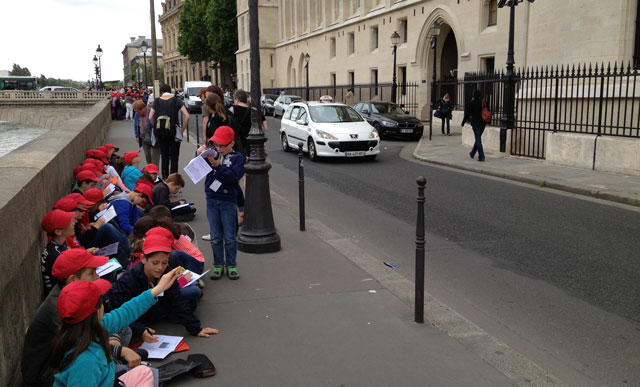
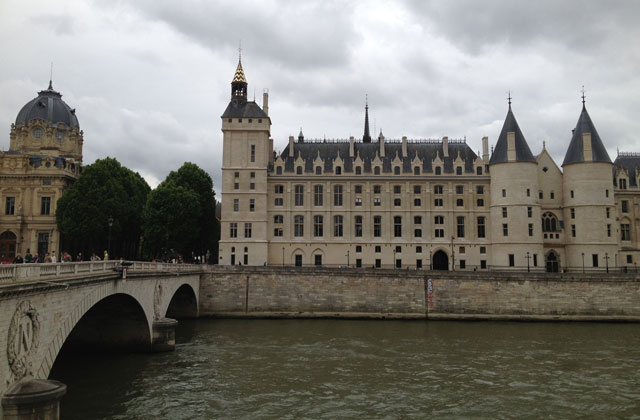
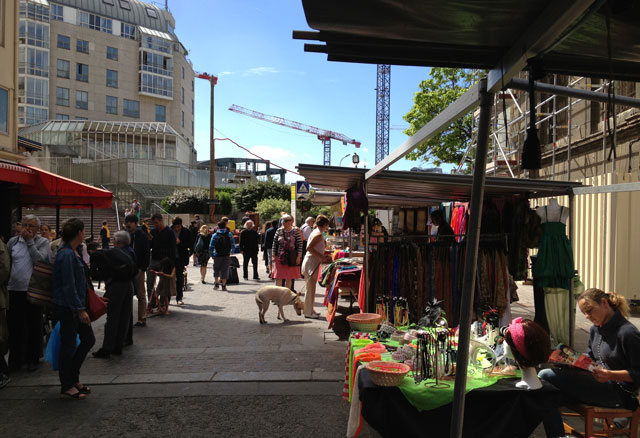
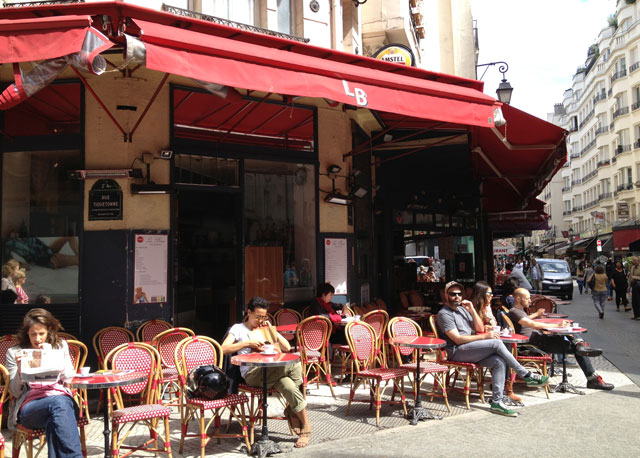
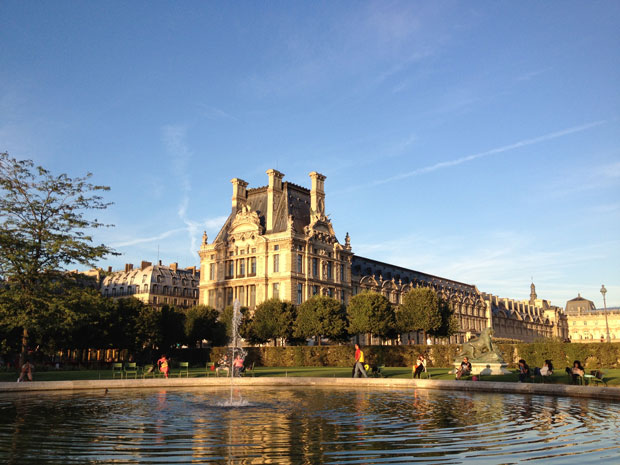
The Basque mediaeval walled city of Hondarribia (Fontarabie in French and Fuentarribia in Spanish) which has been guarding Spain since the time of Charles V in the 16th century, is built on a little promontory facing Hendaye over the Txingudi bay. There is nothing in particular to visit but even on a rainy day, it’s interesting to wander through the narrow streets laid out on a grid plan with their wrought iron balconies. Afterwards, you can walk along the seafront into the old fisherman’s quarter on the west shore of the mouth of Bisasoa River, which has a much better selection of eating places.
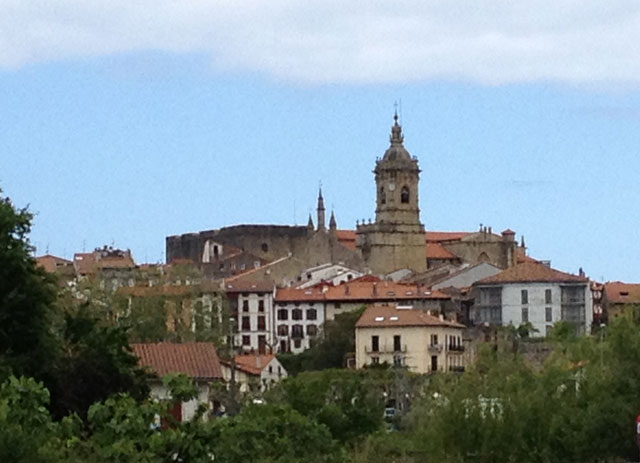
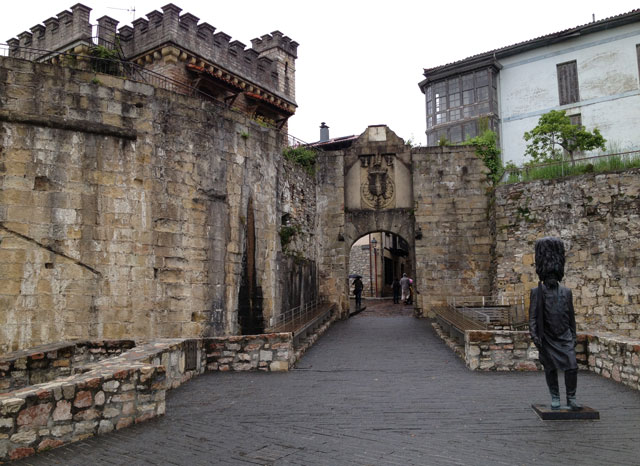

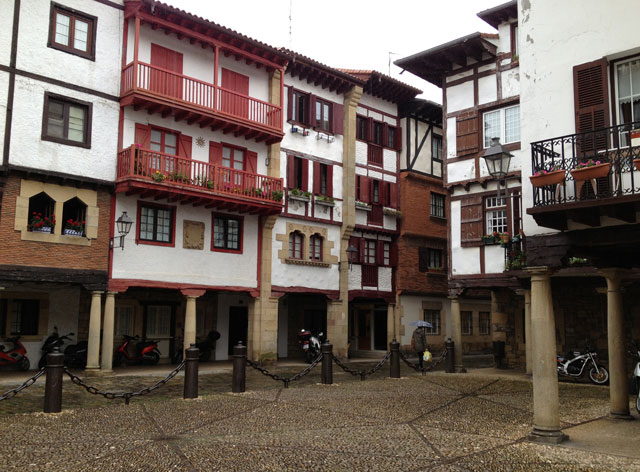
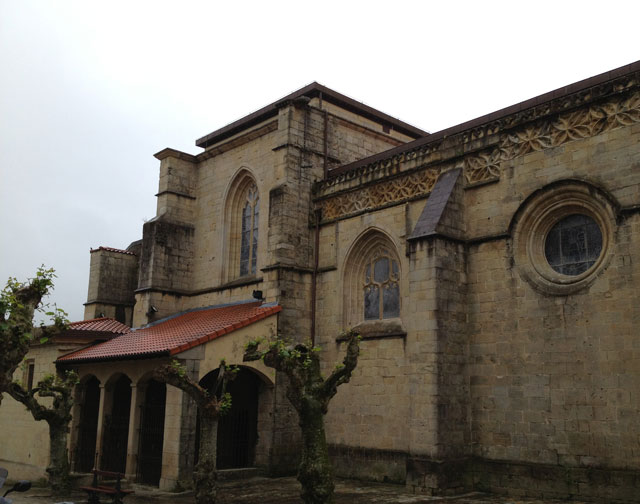
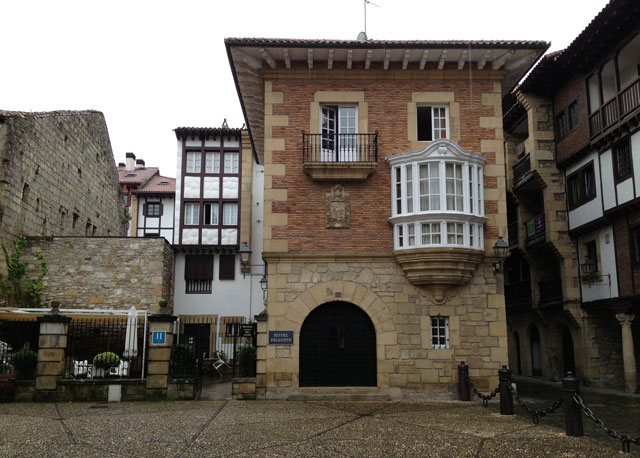
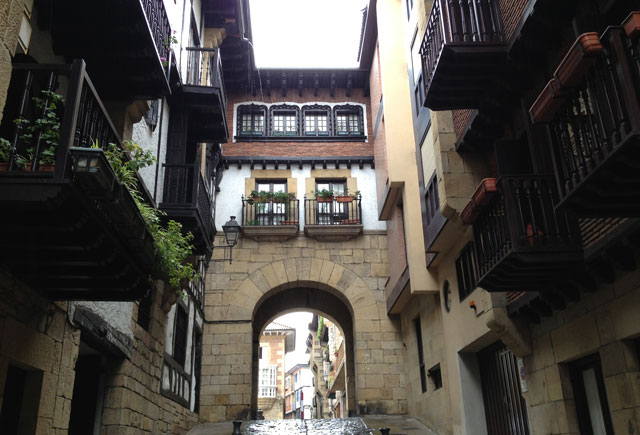 Archway leading to Guipuscoa Square
Archway leading to Guipuscoa Square
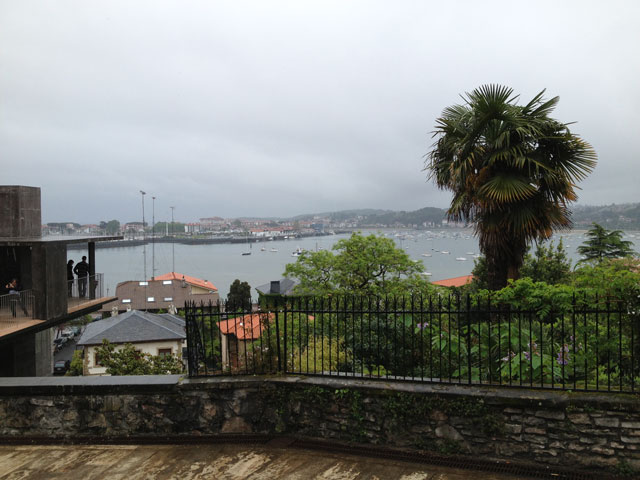
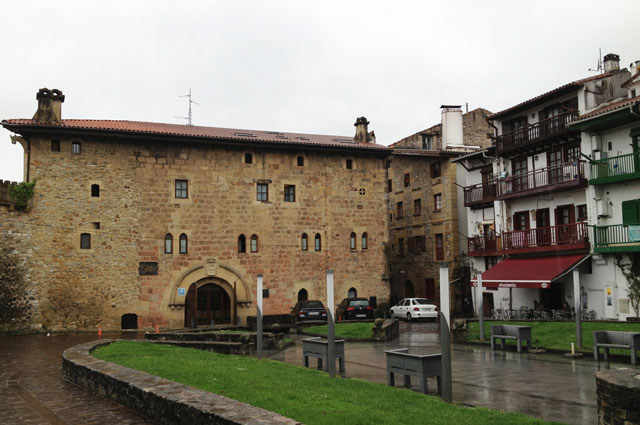
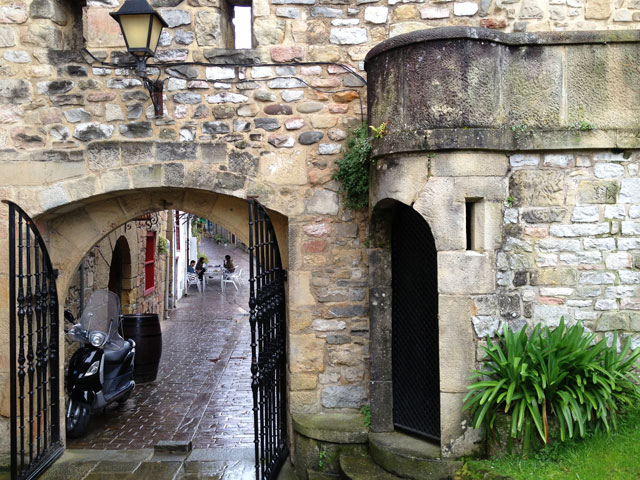
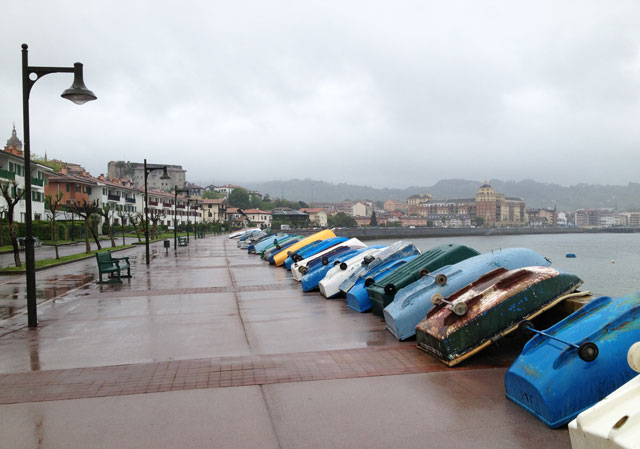
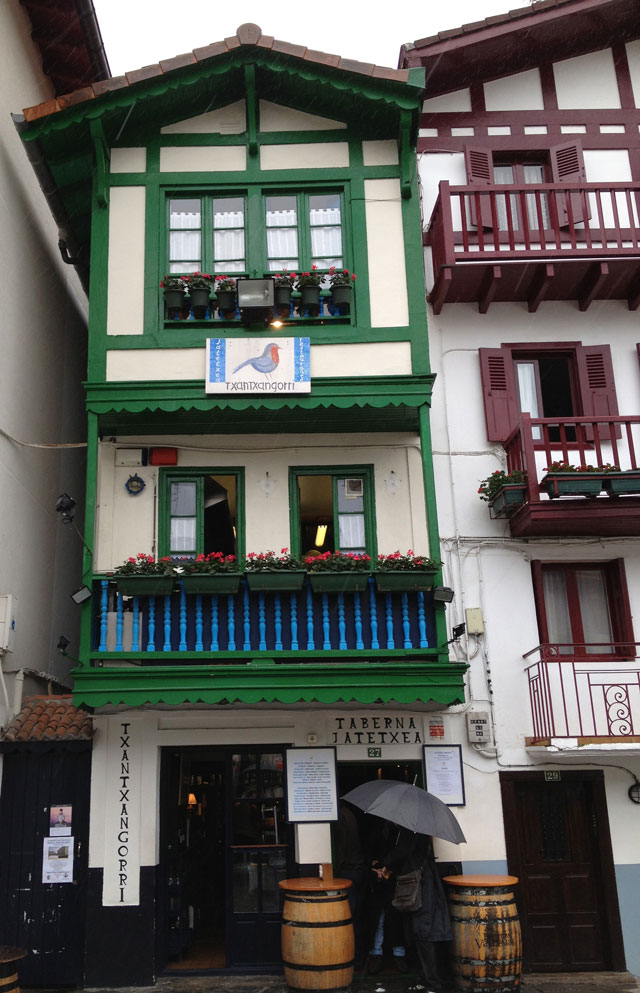
The Basque Coast extends from Bayonne in France to San Sebastian or Donostia in Spain and contains some of the best surfing beaches on the Atlantic, the best known of which is Biarritz. There is a walking path from Ciboure to Hendaye with spectacular views that we were not able to take because of the rain but on the last day of our stay, the sun came out and we were absolutely enchanted by the coastal drive from Hondarribia to San Sebastian with its beautiful muted landscapes and plunging views.
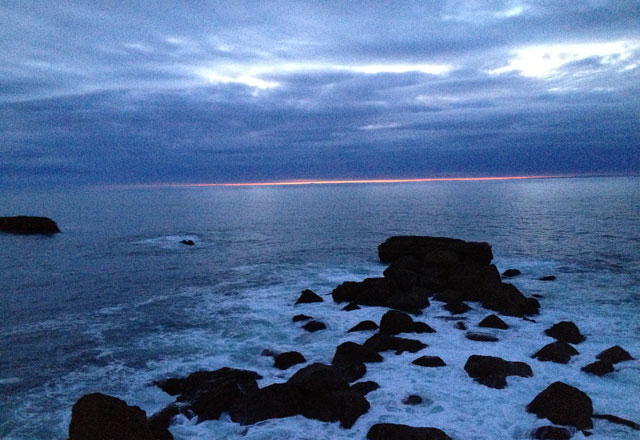
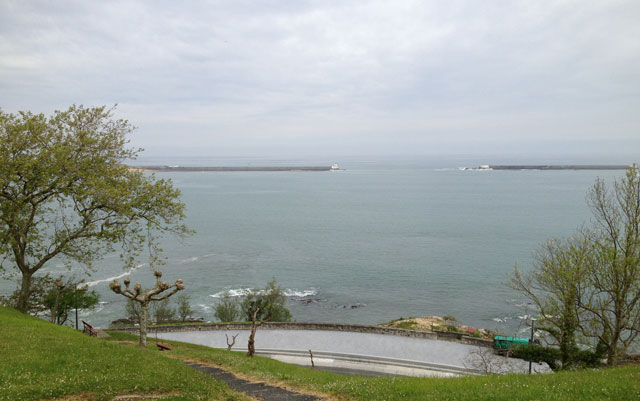
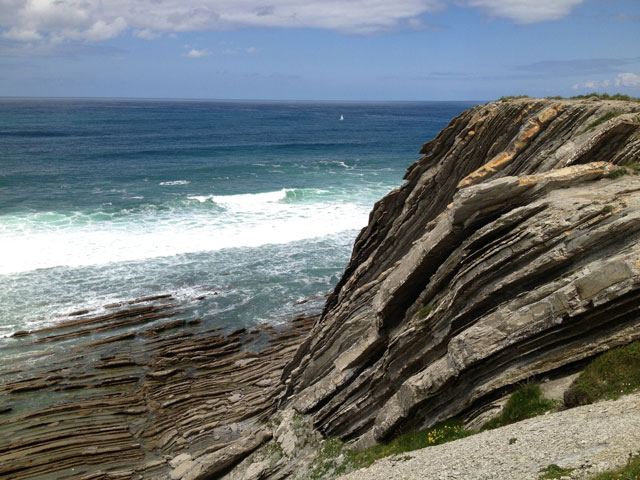
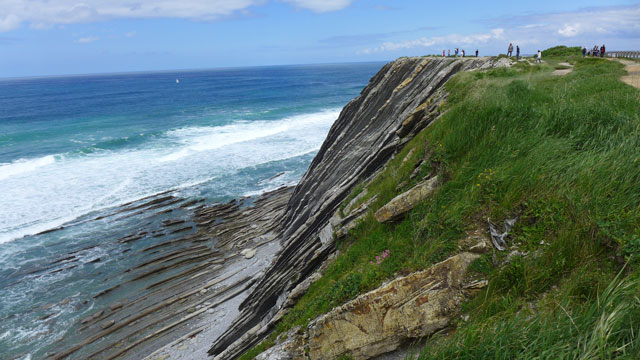
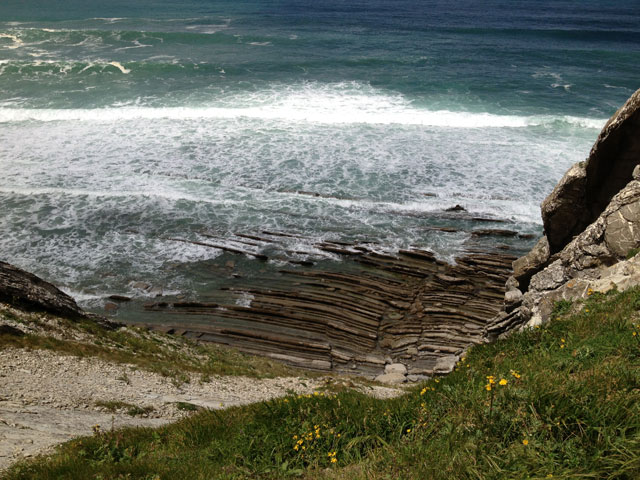

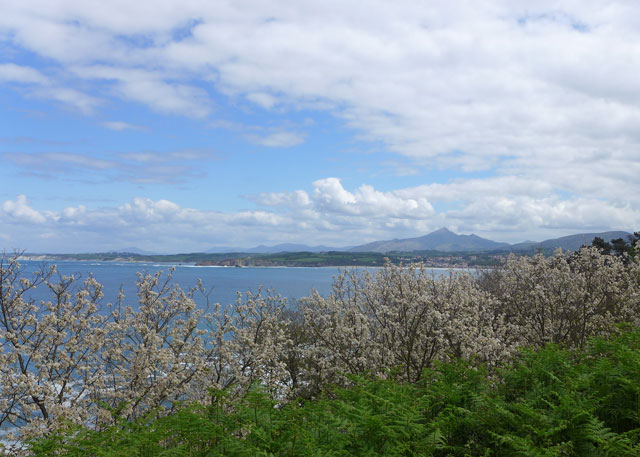
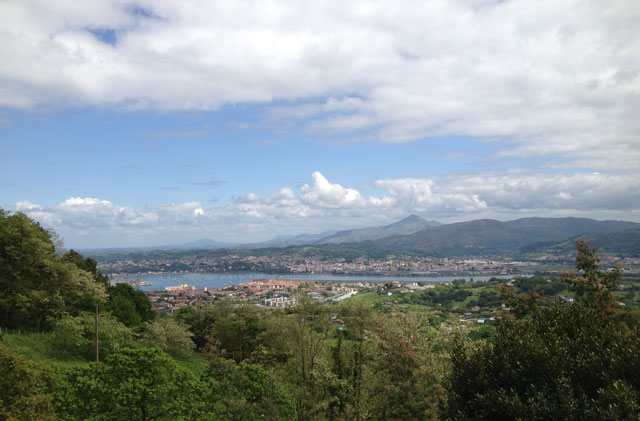
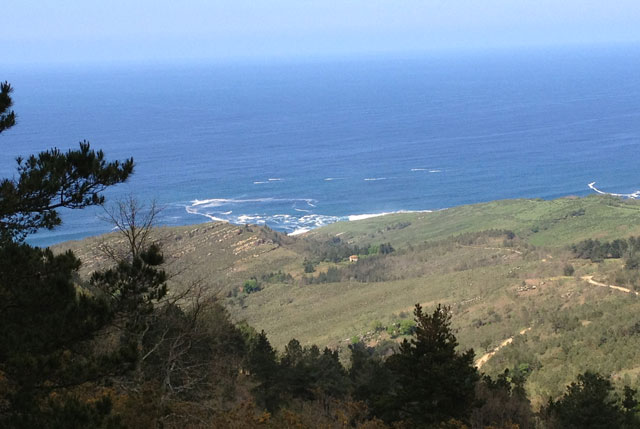
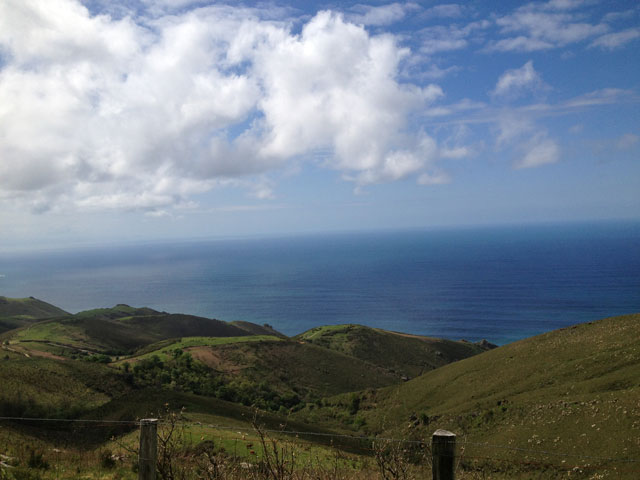
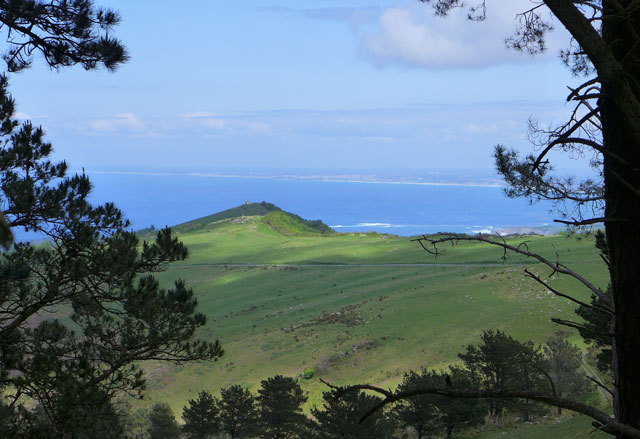
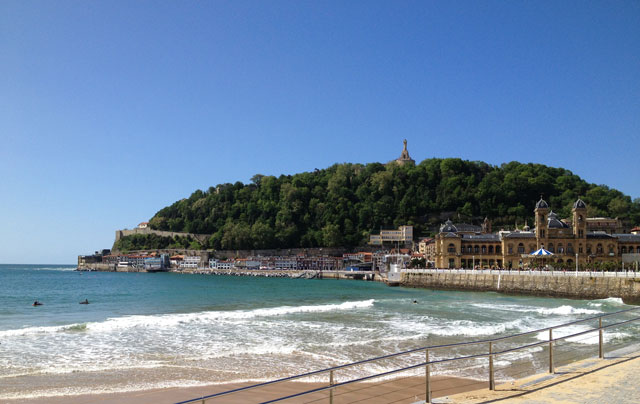
Coming from North Queensland, I have remained amorous of spring flowers ever since I saw my first field of buttercups back in 1975 in the south of France. These are photos taken recently in the Blois and when we travelled back from the Basque Coast. I had never seen flax (linen) in bloom and had no idea it was lavendar. I’m amazed in fact at how many spring flowers are lavendar, white and yellow. I’m not sure of all the names – maybe more knowledgeable readers can fill in the gaps.

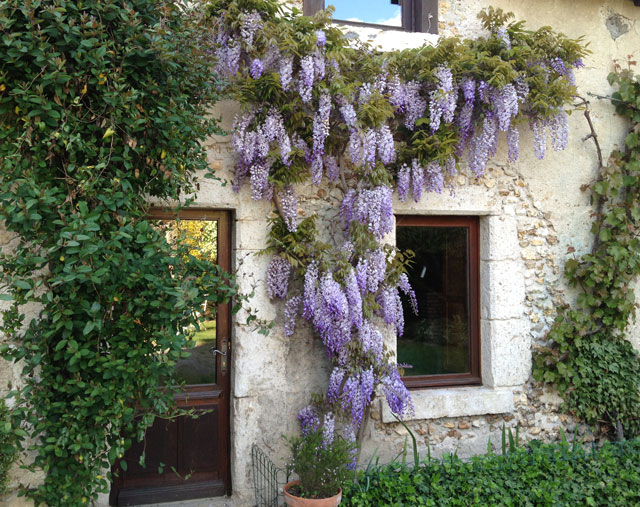
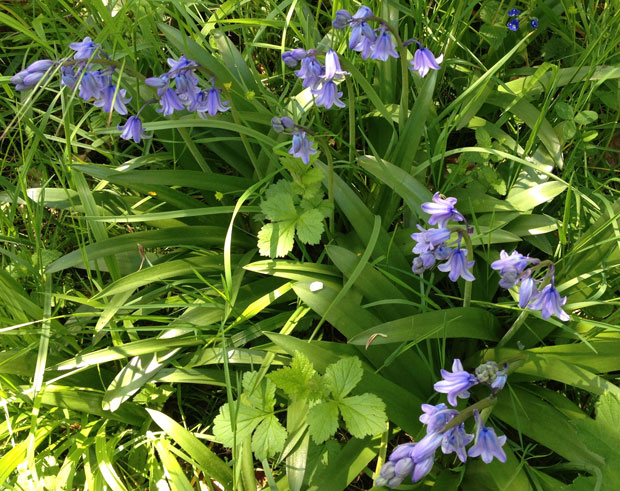
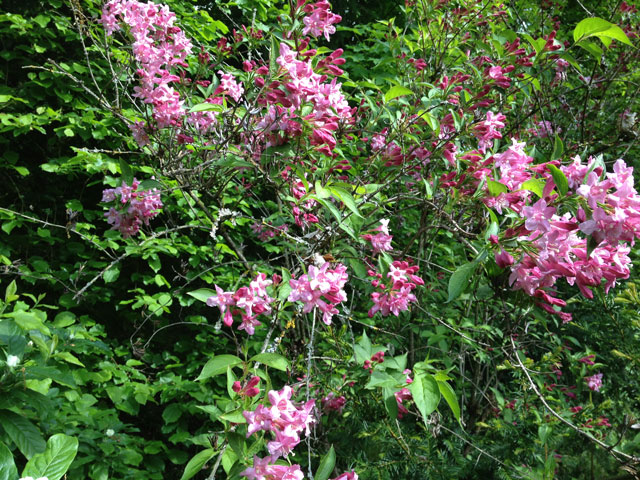
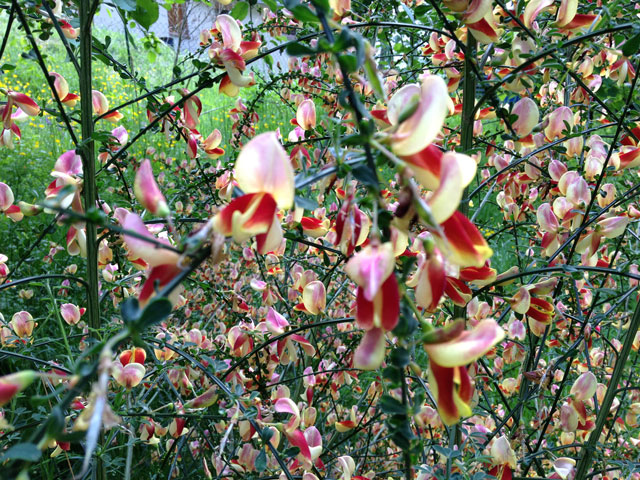
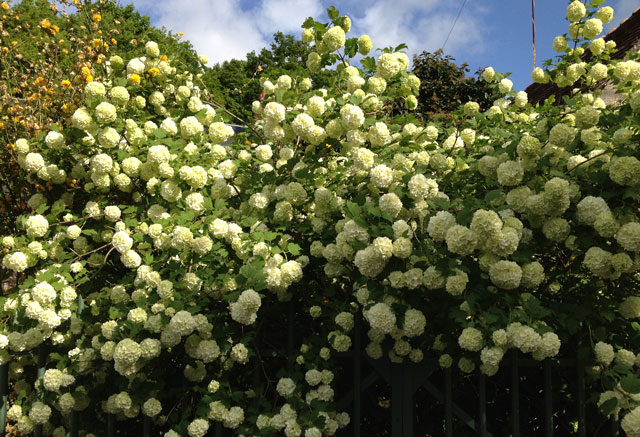
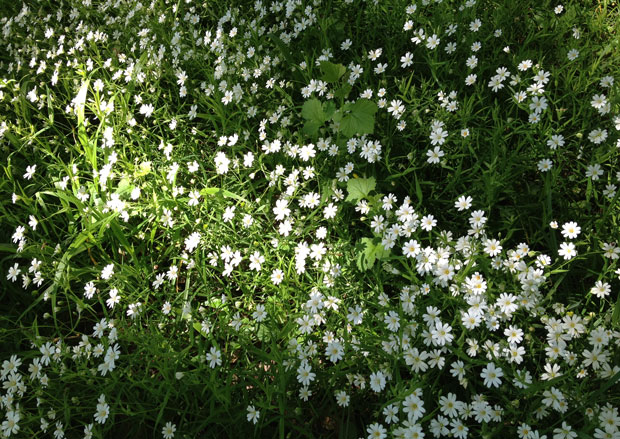
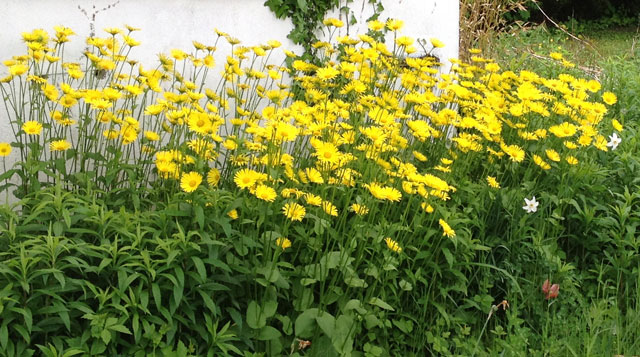
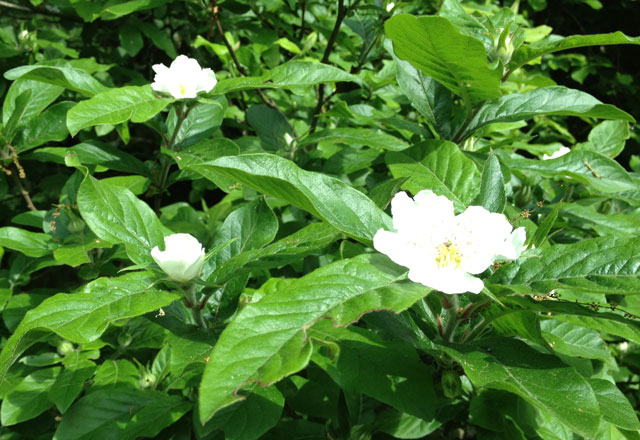
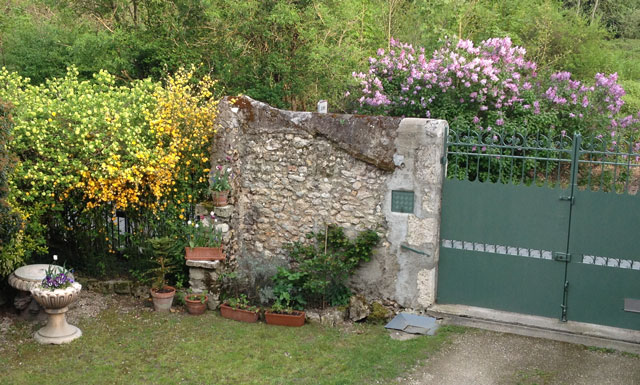
San Sebastian is an attractive city in the north west of Spain on the Bay of Biscay, 20 K from the French border in the Basque Country. Known as Donostia in Basque, it has an old part that mainly dates back to the 19th century when the town was rebuilt after being destroyed in 1813 during the Napoleonic wars. Its main appeal is its incredible location which can be seen best by mounting Urgull Hill on which the ruins of Napoleon’s military fortress still stand. Its second attraction is its ambiance of small bars serving pintxos (not as good as Barcelona though) and many cultural events. I was impressed by how many people of every age joined in the paseo in the late afternoon sun.
